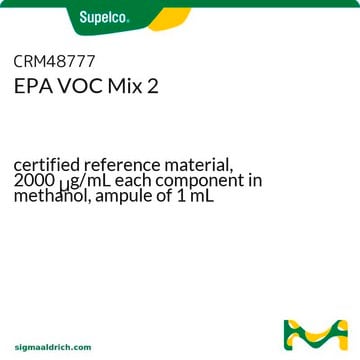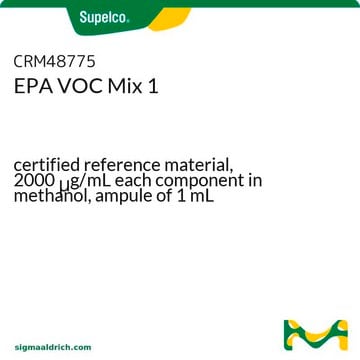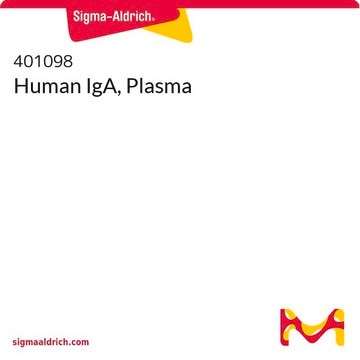56834
Immunoglobulin G from human serum
≥95% (GE)
Synonym(s):
Human IgG
About This Item
Recommended Products
Assay
≥95% (GE)
form
fibers
technique(s)
radioimmunoassay: suitable
impurities
≤1.0% sodium
≤15% water
solubility
0.1 M NaCl: 10 mg/mL, clear to slightly turbid, colorless
storage temp.
2-8°C
General description
Human IgG is purified from normal human serum and contains =1.0% sodium and =15% water.
Application
Other Notes
Disclaimer
Storage Class Code
11 - Combustible Solids
WGK
WGK 3
Flash Point(F)
Not applicable
Flash Point(C)
Not applicable
Certificates of Analysis (COA)
Search for Certificates of Analysis (COA) by entering the products Lot/Batch Number. Lot and Batch Numbers can be found on a product’s label following the words ‘Lot’ or ‘Batch’.
Already Own This Product?
Find documentation for the products that you have recently purchased in the Document Library.
Customers Also Viewed
Protocols
HPLC Analysis of Immunoglobulin G (IgG) on Zenix® SEC-150 versus Zenix® SEC-300, Effect of Pore Size on Resolution
Our team of scientists has experience in all areas of research including Life Science, Material Science, Chemical Synthesis, Chromatography, Analytical and many others.
Contact Technical Service









